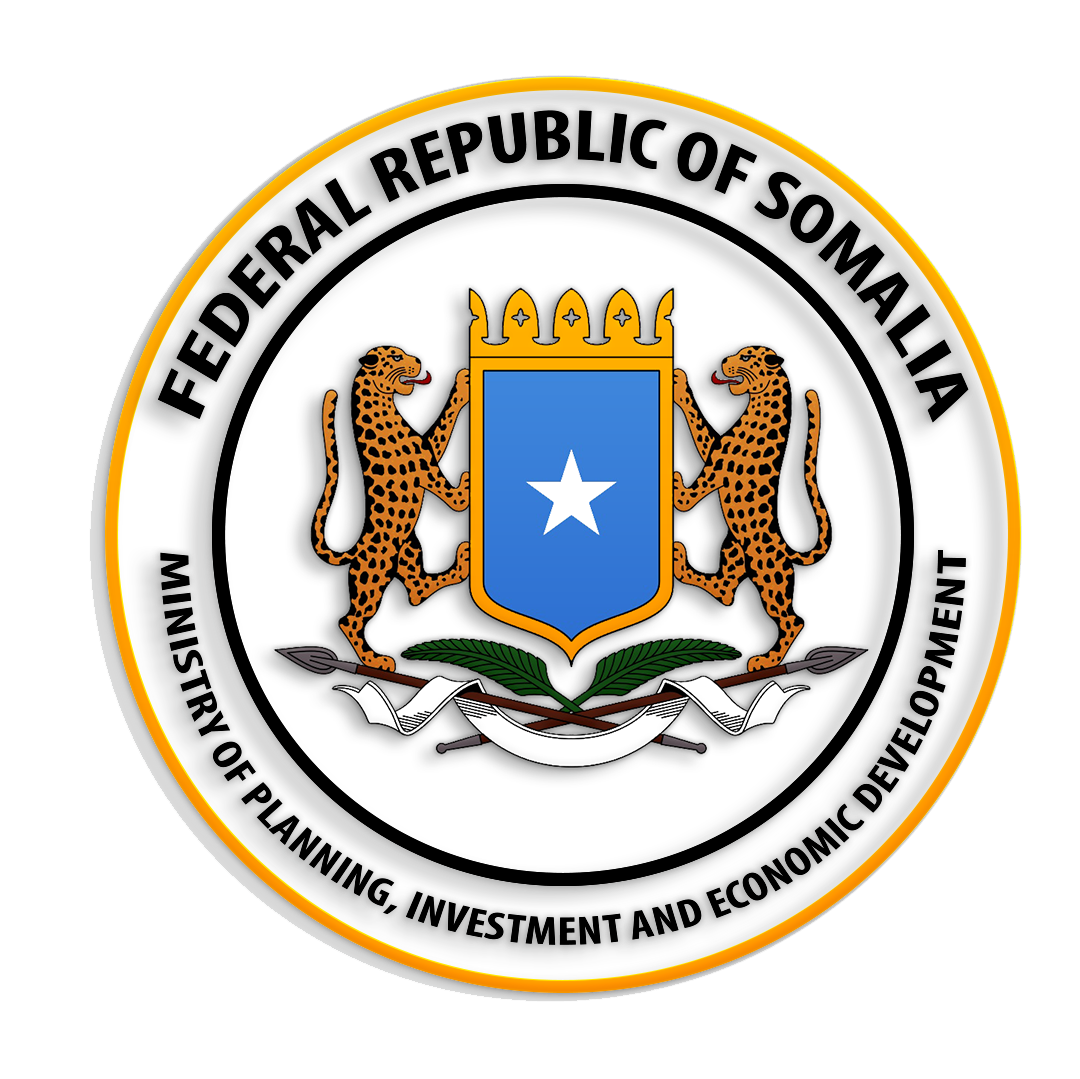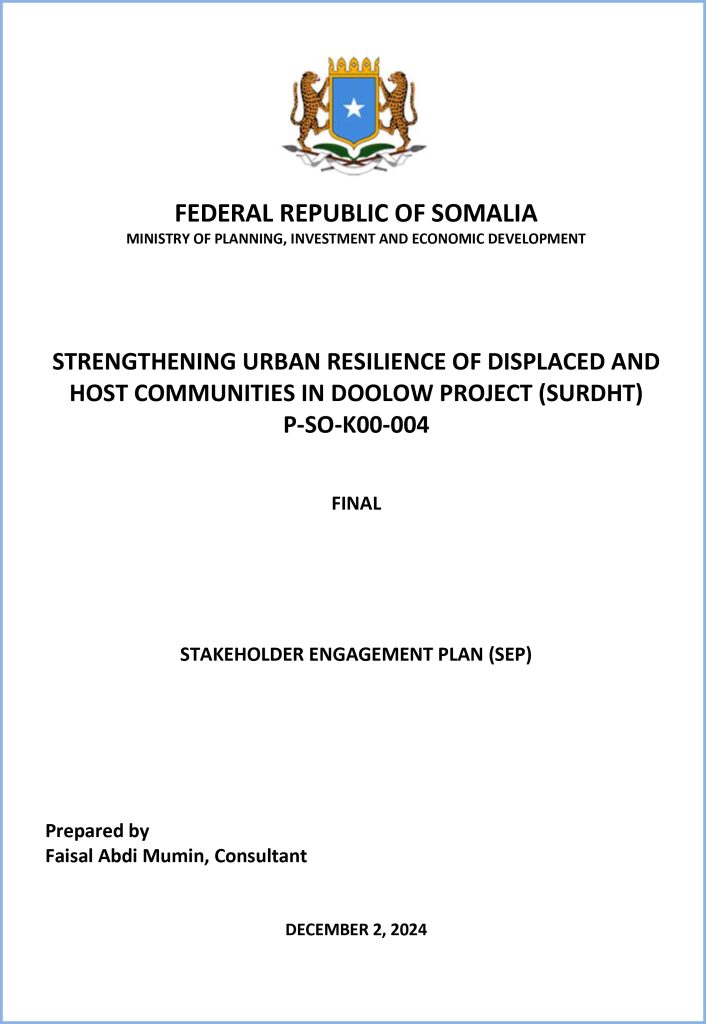EXECUTIVE SUMMARY
Introduction and Project Overview
The STRENGTHENING URBAN RESILIENCE OF DISPLACED AND HOST COMMUNITIES IN DOOLOW PROJECT is a transformative initiative aimed at addressing the urgent housing, infrastructure, climate change adaptation, and livelihood needs of vulnerable internally displaced persons (IDPs) and host communities, while promoting youth leadership and empowering women. The project will use community based and people-centric urban planning approach and seek to enhance the federal, state, and local governments in the areas of durable solutions and land administration, while ensuring social cohesion between the displaced and host communities. As of May, 2024, there are approximately 3.8 million1 IDPs in Somalia, with more than 133,000 residing in five informal settlements in Doolow, lacking essential services such as secure housing, land tenure, livelihoods, health, and sanitation. This situation exacerbates their vulnerability and hinders their ability to integrate into the host communities to end their cycle of displacement and rebuild their lives.
The SURDHT seeks to contribute to ongoing peacebuilding efforts by focusing on providing lasting solutions to the IDPs and promoting social cohesion with the host community. A fundamental aspect of this project is the active involvement of community members in both the design and implementation processes, ensuring that the solutions developed are contextually relevant, culturally sensitive, and sustainable. The Stakeholders Engagement Plan (SEP) for the SURDHT in Doolow Project in Jubaland State of Somalia has been prepared in accordance with the national and African Development Bank (AfDB) operational Policy requirements.
Objectives and principles of the Stakeholder Engagement Plan (SEP)
The SEP outlines clear and actionable objectives:
• Identify stakeholders to ensure broad representation.
• Organize community meetings for feedback.
• Conduct needs assessments to understand community challenges.
• Provide training to enhance local skills and capacities.
• Promote collaboration through partnerships.
• Establish a framework for evaluating project outcomes.
• Conduct awareness campaigns about project goals and risks.
Attached Documents
STAKEHOLDER ENGAGEMENT PLAN

